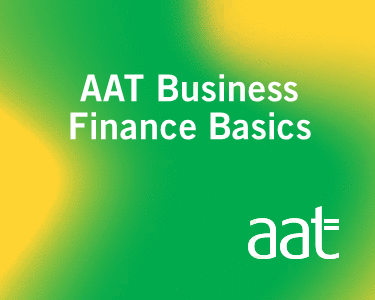Amanda Swales, Director of GoSimple Software, takes a closer look at Making Tax Digital and the key points that small and micro businesses need to take note of.
Making Tax Digital (MTD) is a government-led initiative aiming to simplify tax for businesses big and small.
New technology is already being harnessed for tax reclamation. HMRC claims to have detected 17,000 fraudulent or incorrect Self Assessments in 2016 alone, totalling £96 million. That figure may have risen this year, paving more ground for a fully digitised alternative.
There are many elements to consider when looking at MTD and what it means for small and micro-businesses.
Making Tax Digital: A quick overview
MTD was announced, initially, under ex-Chancellor George Osbourne’s plan for a simplified tax process. The aim was – and still is – to eliminate paper returns for anyone taking non-PAYE income. However, there have been numerous delays and changes to the initiative since it was first announced in the 2015 Budget.
Instead of sending forms, every year, by post, taxpayers will be able to update their details online, reducing the chance of errors in the process. Eventually, the tax year dates will also shift from annual tax return submissions to quarterly submissions.
As it stands, Making Tax Digital is part way through implementation:
- From April 2019, VAT registered businesses have to submit their VAT returns digitally. Businesses with taxable turnover in excess of £85,000 have to register for VAT.
- From April 2021, the intention is to extend the scheme to Income tax.
- However, the government is encouraging voluntary registration by sole trader and landlords for quarterly Income tax submission
As many small and micro businesses earn below the VAT threshold, the current rollout of MTD is designed to give these ventures more time to prepare for the introduction of a digital tax system. Since the number of VAT-registered business exceeded 2.6 million in 2017, there will be a huge number of trial users that will work out any kinks before MTD is opened to the wider community.
What does it mean for you?
There are benefits to going digital sooner rather than later:
- Budgeting will be easier. Classic paper submissions have an annual deadline. Quarterly reporting will give you more visibility on your tax liabilities, so you can spread out the cost.
- Online tools double-check your records and identify tax savings. This gives you confidence that your Self Assessment tax return is error-free, and that you’re claiming any expenses you’re entitled to.
- Tax software will store bank, lender and expense details for reference. When you send the right documentation, it is part of your evolving tax database. This means you won’t have to re-enter your details every 12 months.
There’s a lot more to learn on MTD, which can be found on the HMRC website.













